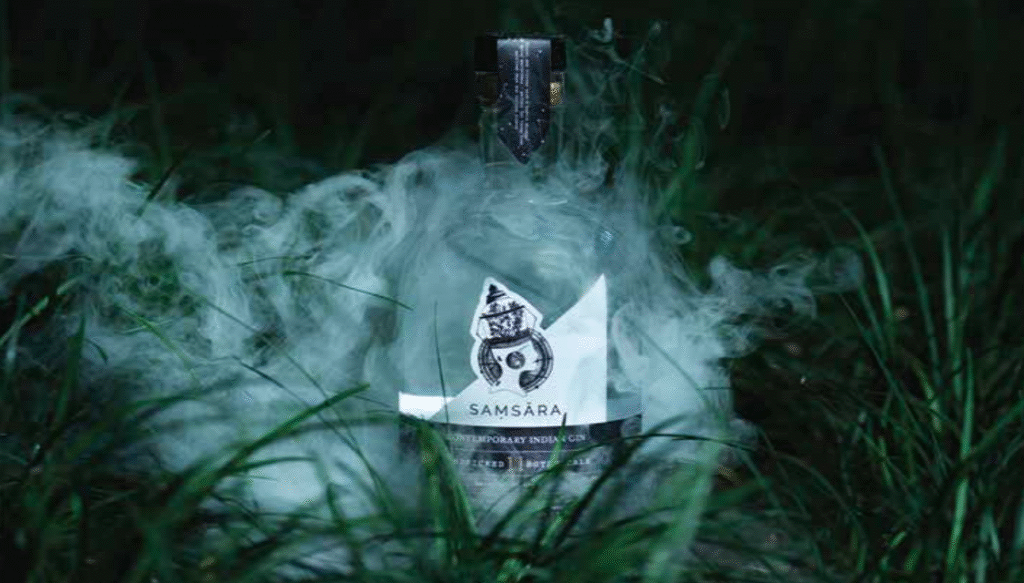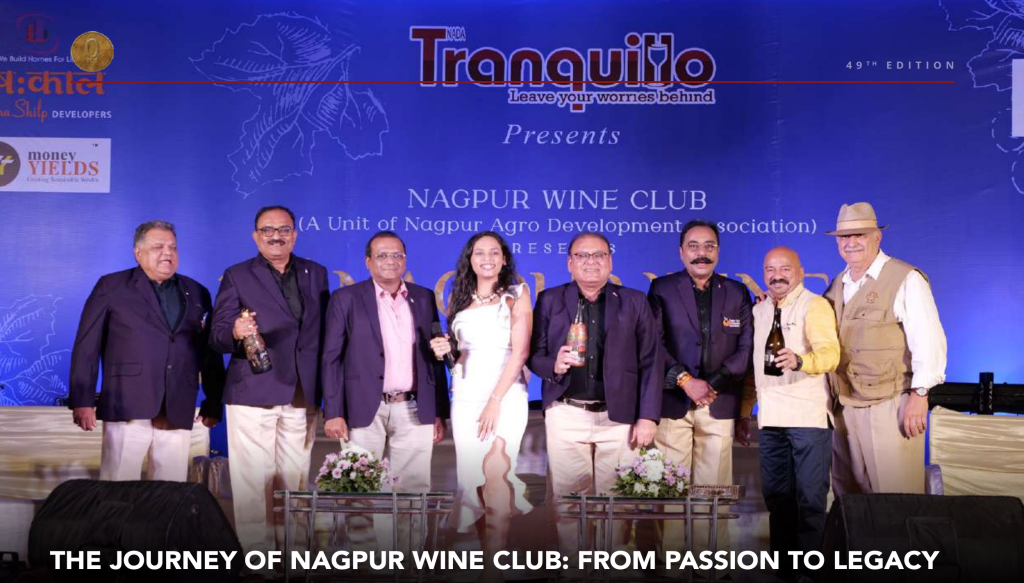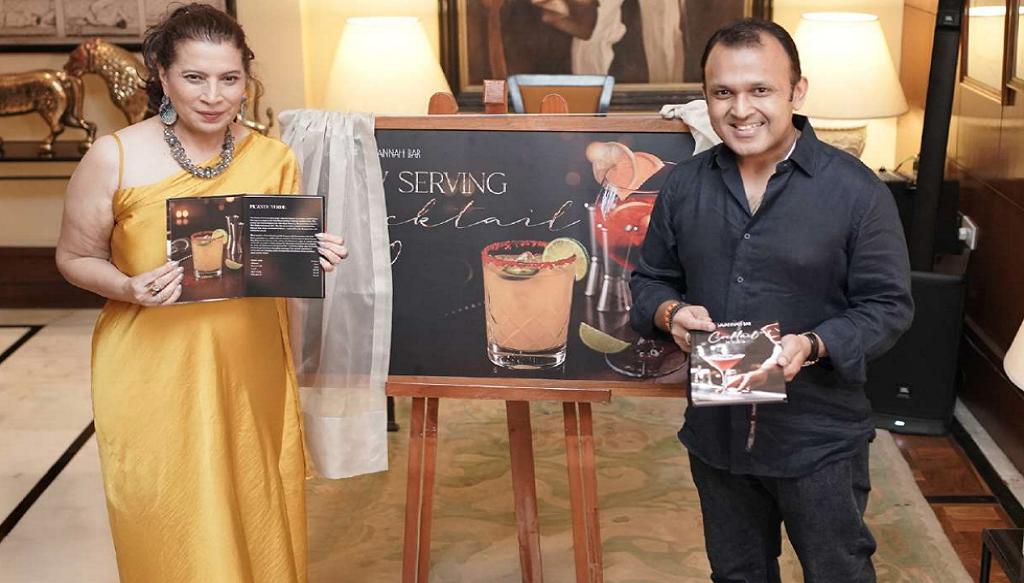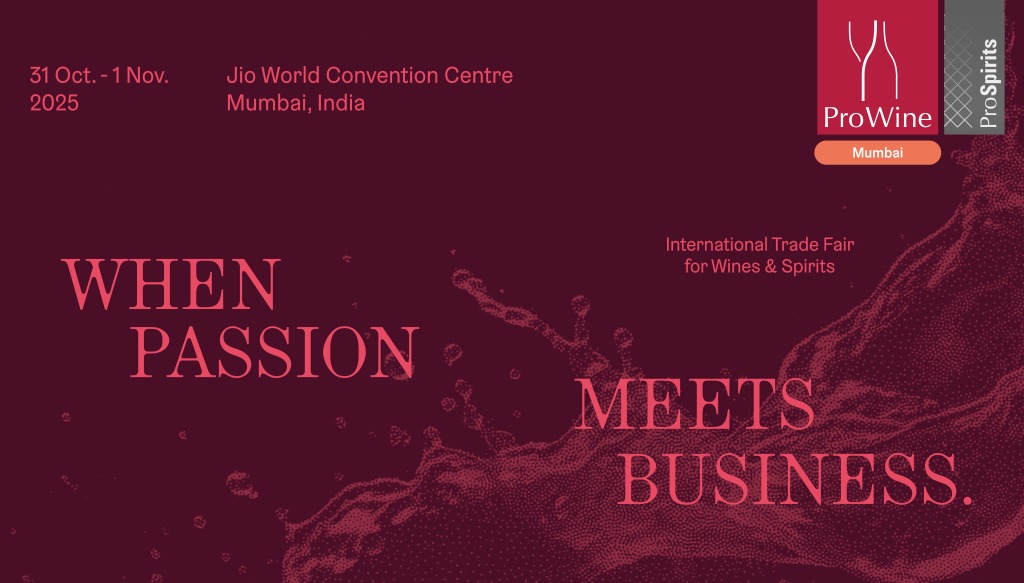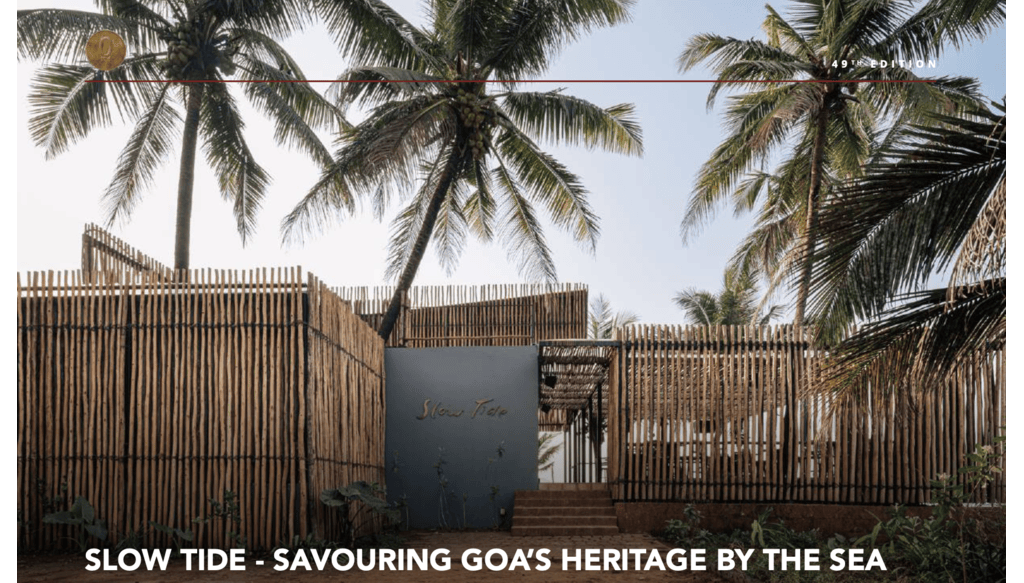IMPORTER TO INDUSTRY’S POWERHOUSE -MONIKA ALCOBEV
THE BUSINESS OF BRINGING GLOBAL SPIRITS TO INDIA : MONIKA ALCOBEV’S JOURNEY FROM IMPORTER TO INDUSTRY POWERHOUSE From a bold vision in 2017 to a game-changing IPO in 2025, Monika Alcobev is transforming how the world’s most iconic labels enter, grow, and thrive in India’s evolving alcobev landscape.Monika Alcobev has rapidly emerged as one of the most powerful forces in India’s premium spirit and wine industry, maneuvering beyond its beginnings as an importer to become the trusted gateway for #OnlyTheBest brands seeking success in one of the world’s fastest-growing alcobev markets .Founded by Bhimji Nanji Patel, Monika Alcobev was built on the belief that India was ready for a new era of premium drinking experiences, and under the leadership of Managing Director Kunal Patel, the company swiftly recognized shifting consumer preferences and set out to bridge the gap between global craftsmanship and Indian aspirations. By curating an exclusive portfolio of #OnlyTheBest brands, Monika Alcobev became the preferred partner for globally celebrated names such as Bushmills Irish Whiskey, 1800 Tequila, The Choya, Diplomatico Rum, The Botanist, Cointreau, Licor 43, Laurent Perrier and many more. “Our journey has always been about more than just importing premium brands. It is about building a platform that allows global labels to truly thrive in India. We have strived to create an ecosystem that understands the complexity of this market, anticipates consumer evolution, and delivers sustainable growth for our partners,” says Kunal Patel, Managing Director, Monika Alcobev Limited. The company’s meteoric rise mirrors the premiumization of India’s alcohol landscape. As consumers increasingly seek authenticity, heritage and quality, Monika Alcobev positioned itself at the forefront of this transformation. Its strength lies not only in sourcing and distribution but also in its deep understanding of brand building and consumer behavior in a complex and highly regulated environment. A major milestone in the company’s journey came with its highly successful IPO in July 2025, which was oversubscribed 4.1 times and marked a defining moment that set a new benchmark for India’s alcobev industry. As the first of its kind to go public, Monika Alcobev established new standards of transparency, scale and strategic ambition.The listing significantly strengthened its credibility among global partners and positioned the company as a preferred choice for #OnlyTheBest international brands seeking a successful foothold in one of the world’s most dynamic markets.Today, Monika Alcobev operates with a strong presence across North, West and South India and is actively expanding into the East, a key region where it aims to reshape perceptions and deepen its on-ground network. With comprehensive solutions spanning regulatory compliance, logistics, marketing and brand building, the company ensures a seamless entry and sustained growth for its global partners. “What we have accomplished so far is just the beginning. Our vision is to maneuver this company into a leadership position not only through the strength of our portfolio but also through the depth of our execution. With a talented team and trusted global partnerships, we are shaping the future of India’s premium alcobev space one successful collaboration at a time,” says Hemang Chandat, Chief Commercial Officer, Monika Alcobev Limited. As global brands view India as a vital growth market, Monika Alcobev stands out as a trusted bridge, uniting local expertise with global perspective. Its steady evolution from importer to industry leader reflects the dynamic transformation of India’s alcobev sector into a more refined, aspirational, and globally connected space.
IMPORTER TO INDUSTRY’S POWERHOUSE -MONIKA ALCOBEV Read More »


